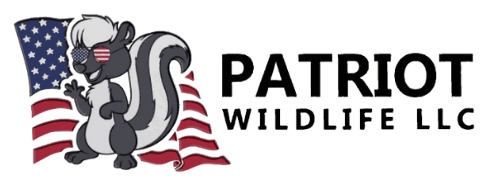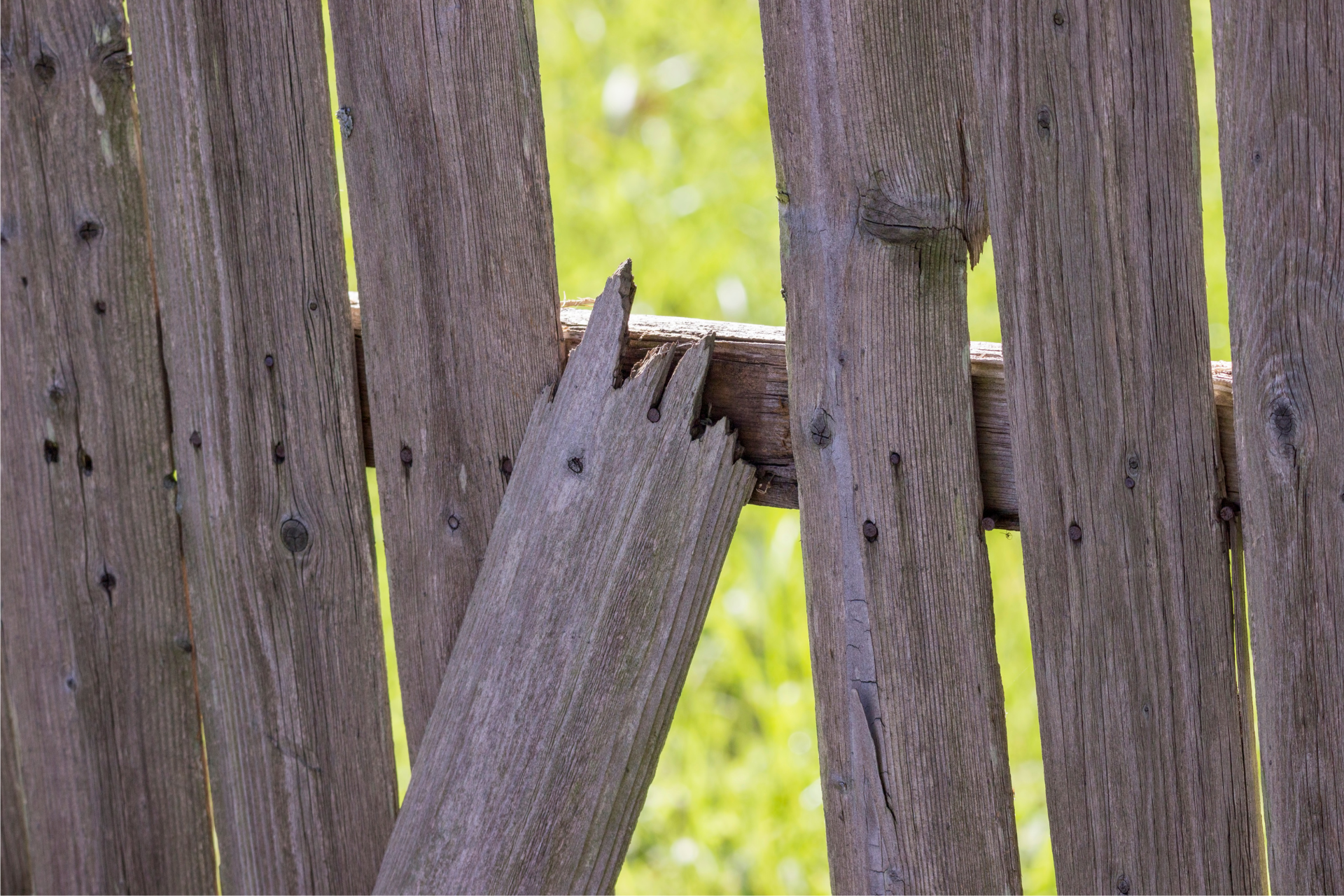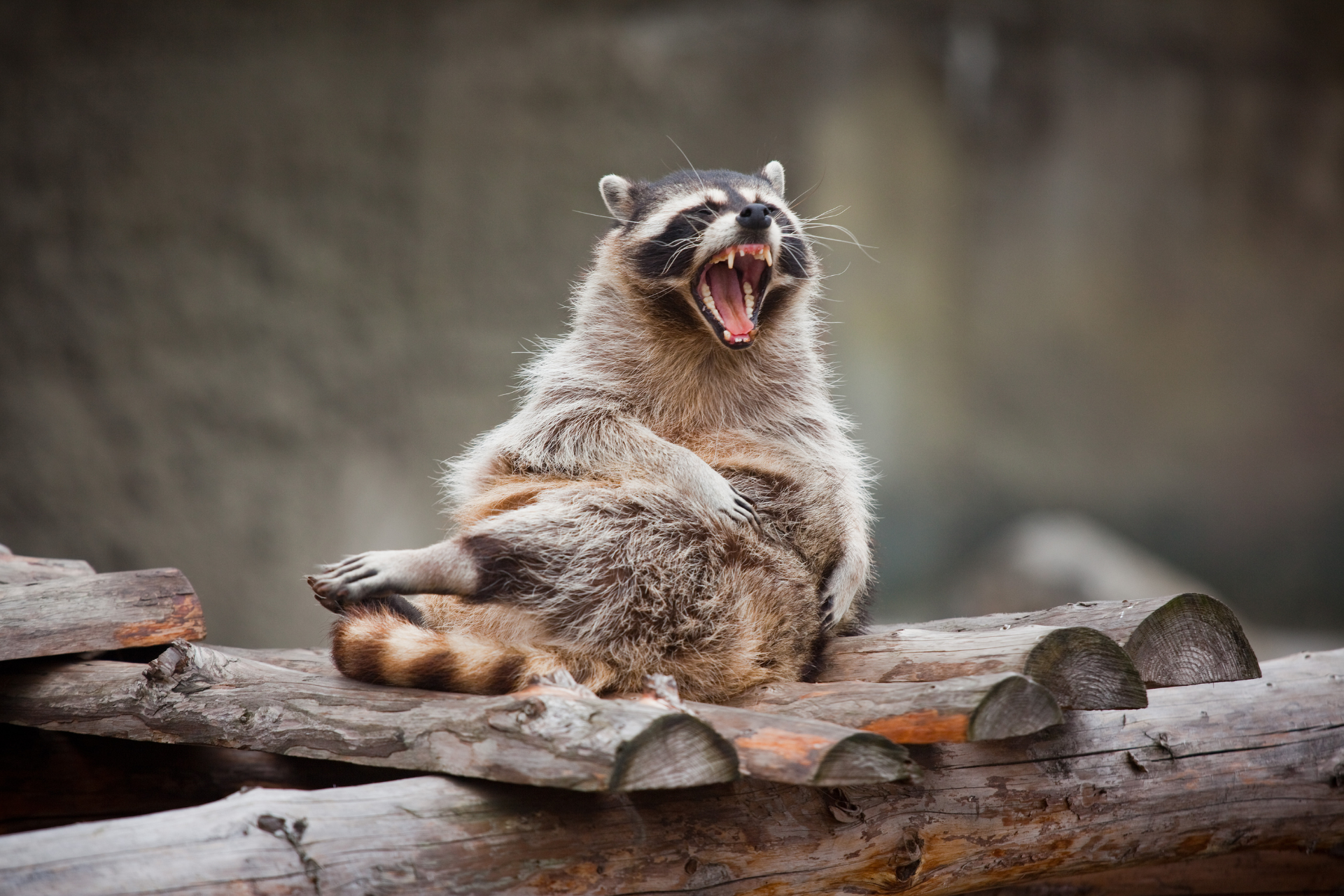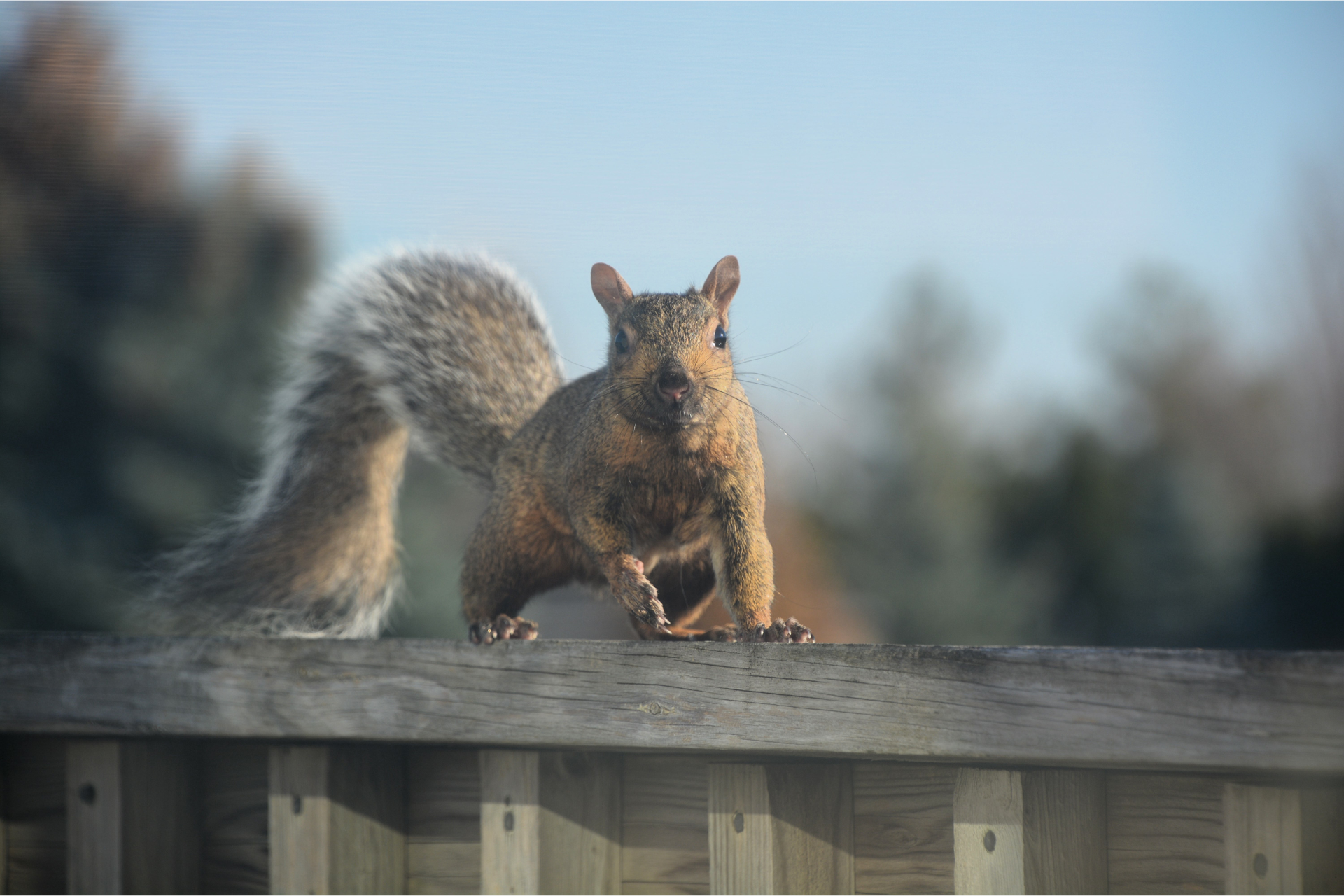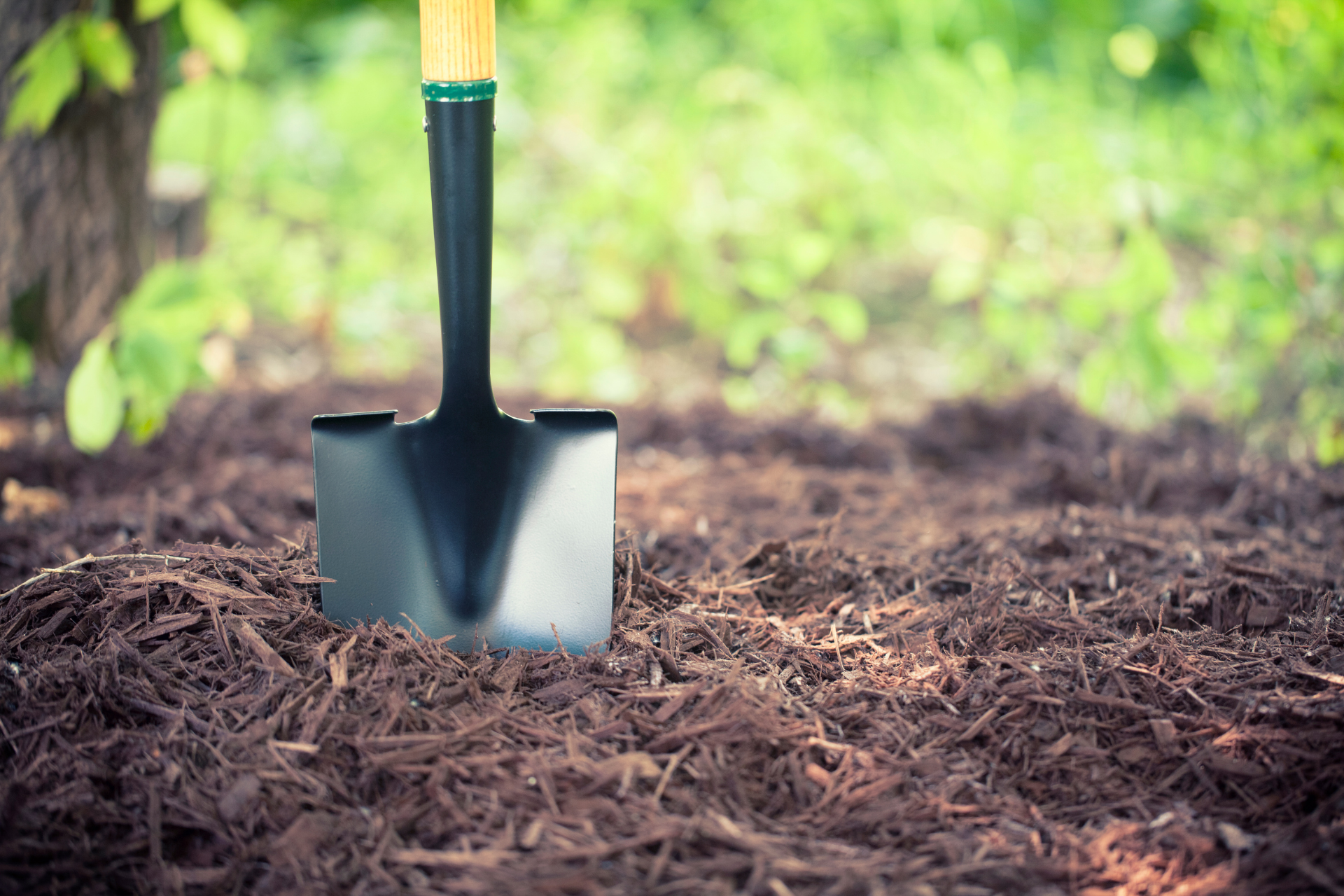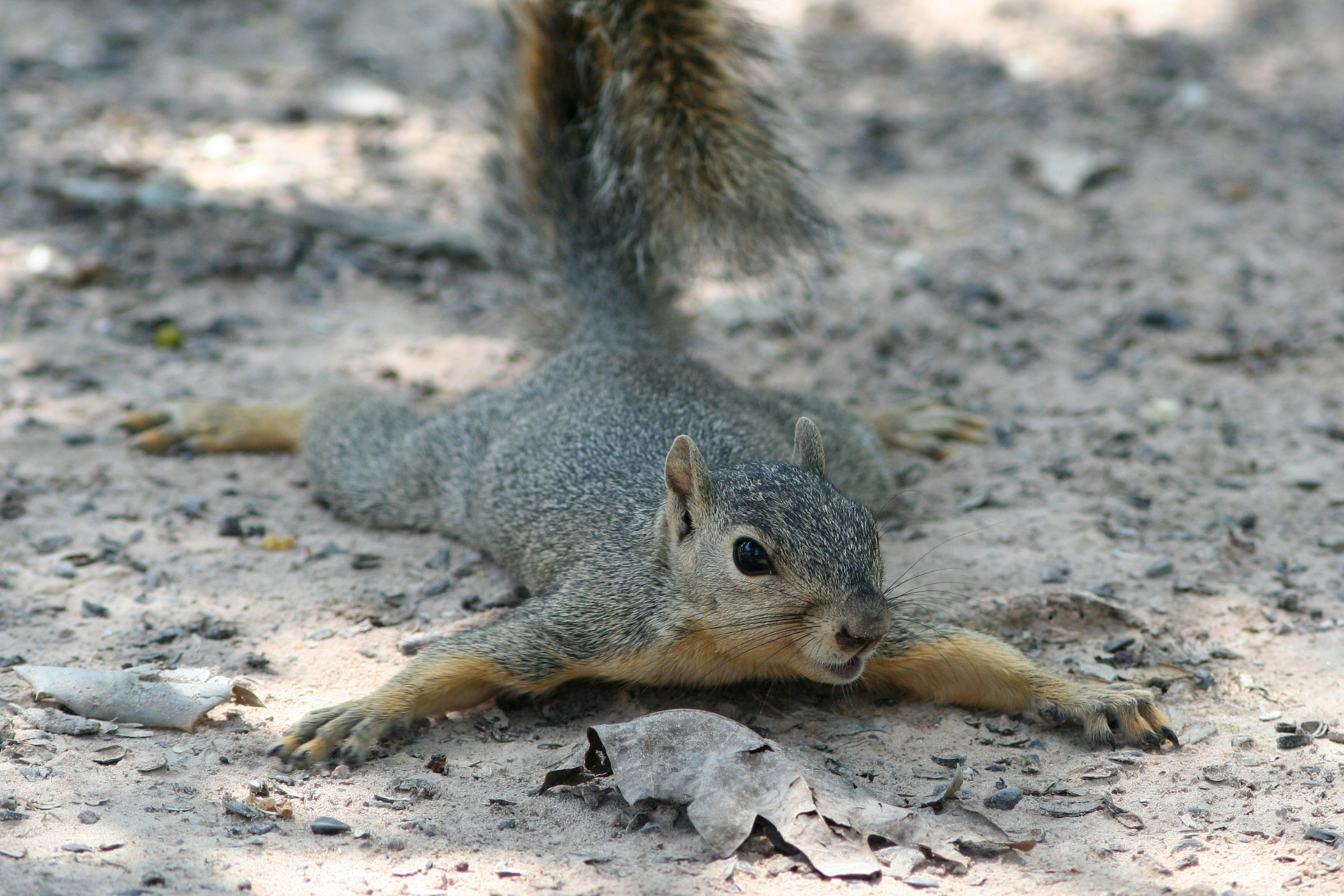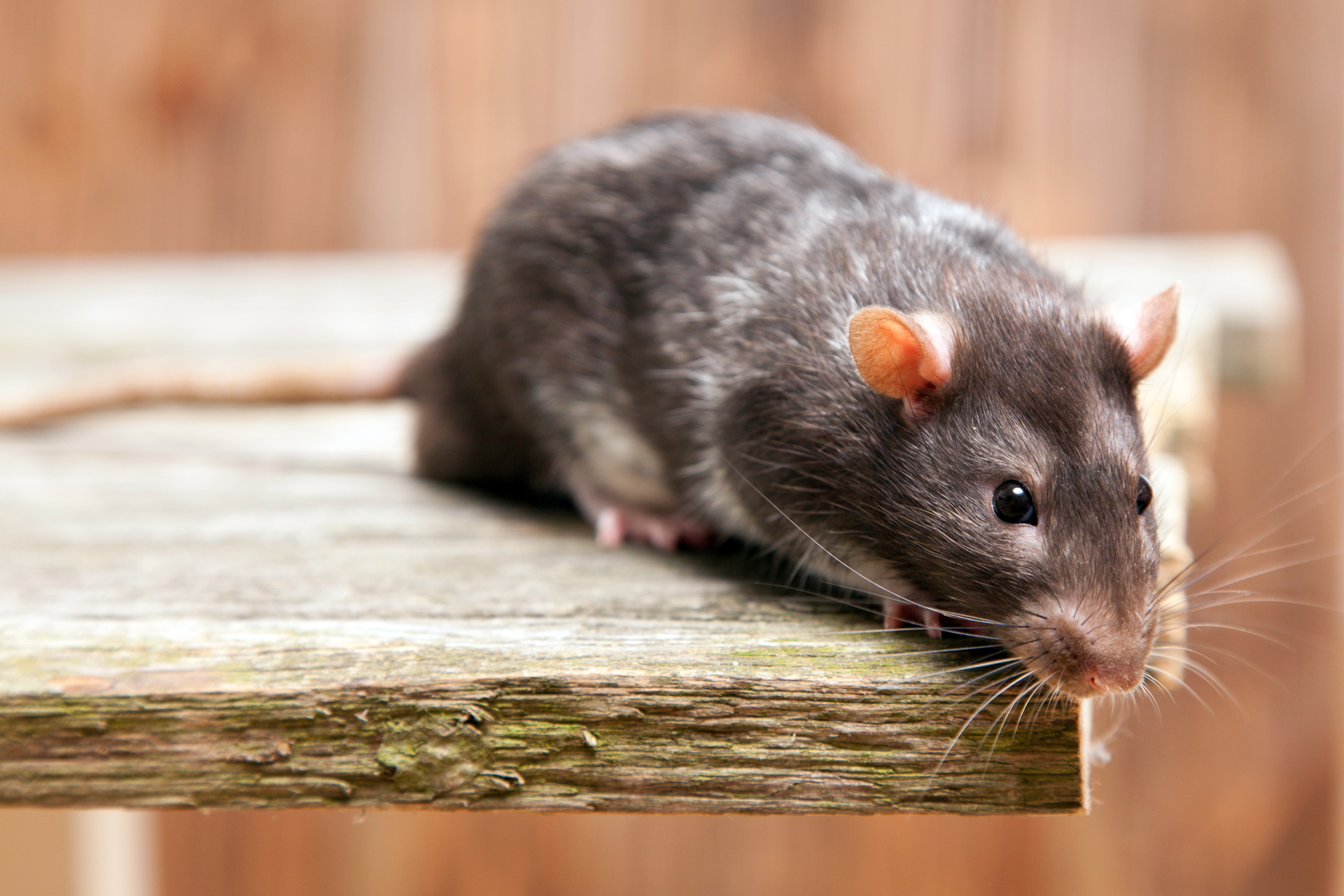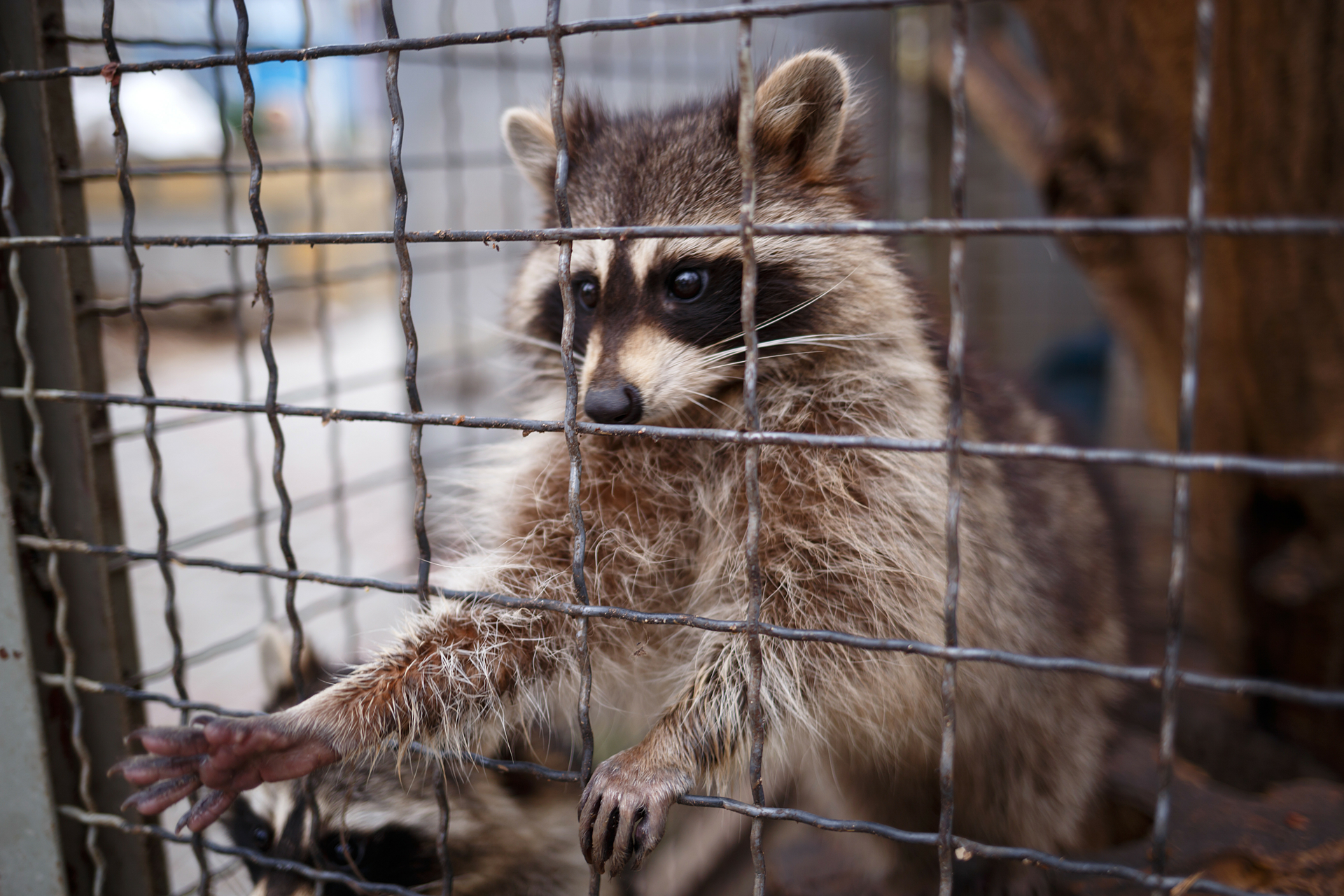How Wildlife Chooses Your Home
What Makes Your Home Inviting To Wildlife
Wild animals don’t just stumble onto a property and decide to stick around for no reason. There’s always something about a home or yard that makes it particularly appealing. Maybe it’s the easy access to food, a warm attic that mimics a natural den, or a backyard teeming with places to hide. Understanding what draws wildlife in can help homeowners recognize the signs early—and take action before a few curious visitors turn into a full-blown infestation.
A Welcome Mat Of Food And Water
Every animal out there has one primary goal: survival. If a home offers a steady food supply, it quickly becomes an attractive option. Open trash bins, compost piles, bird feeders, and pet food left outside can all provide an easy meal. Even gardens, fruit trees, or just a few crumbs on the porch might be enough to tempt raccoons, squirrels, or even deer.
Water sources are another major draw. A dripping hose, an uncovered pool, or even a clogged gutter that collects rainwater can become an essential hydration point, especially during dry seasons. Birds, rodents, and larger mammals take advantage of these resources, sometimes sticking around longer than homeowners would like.
Once animals associate a property with food and water, they’ll return regularly. Over time, they may explore further, finding entry points into attics, crawl spaces, or basements. That’s when things get tricky.
Shelter From The Elements And Predators
Wildlife is constantly searching for protection from harsh weather, predators, and the general hazards of the wild. A warm attic, an undisturbed garage, or even a pile of firewood stacked against the house can provide the perfect hideaway. During colder months, animals seek warmth wherever they can find it, making homes especially vulnerable to invasion.
Rodents, bats, and even larger animals like raccoons or opossums may squeeze through surprisingly small gaps to take advantage of an insulated attic or crawl space. These areas mimic the dens and burrows they’d typically use in the wild but come with the added benefit of being free from natural predators.
Even outdoor structures can become shelters. Sheds, decks, and even hollowed-out tree stumps in the yard offer protection for nesting animals. Over time, what starts as a temporary shelter can turn into a long-term residence, leading to property damage, unpleasant odors, and the potential for disease transmission.
Landscaping That Invites Unwanted Guests
The way a property is maintained plays a huge role in attracting—or deterring—wildlife. Overgrown shrubs, tall grass, and woodpiles create ideal hiding spots for small creatures. If a yard provides enough cover, animals feel more comfortable moving in and setting up nests.
Trees and vines growing too close to the house can be a direct highway for animals looking to get inside. Squirrels and raccoons, in particular, use overhanging branches to access rooftops, where they can easily find weak spots in soffits or vents to squeeze through. Even burrowing animals like groundhogs or skunks take advantage of neglected yard spaces, digging underneath porches or sheds to create hidden dens.
Fencing can also influence how much wildlife a property attracts. Gaps in a fence, weak foundations, or missing panels can make it easier for animals to slip in and explore. While a completely sealed-off yard isn’t realistic, being mindful of weak spots can prevent some of the more persistent intruders from taking up residence.
When To Call A Professional
Not every animal sighting means a home is at risk, but when wildlife starts acting comfortable around a property—or worse, inside the home—it’s time to take the situation seriously. Scratching noises in the attic, droppings in unexpected places, or unusual odors can all signal that an animal has moved in. Waiting too long can lead to extensive damage, health concerns, and costly repairs.
Professional wildlife removal services don’t just get rid of the immediate problem—they help prevent future invasions. Experts understand the behaviors of different species, know where to look for hidden entry points, and can implement solutions that actually work. For those dealing with persistent wildlife problems, When you contact Patriot Wildlife, we make sure the job is handled efficiently and responsibly. Whether it’s a single raccoon or an ongoing rodent problem, addressing the issue sooner rather than later can make all the difference.
